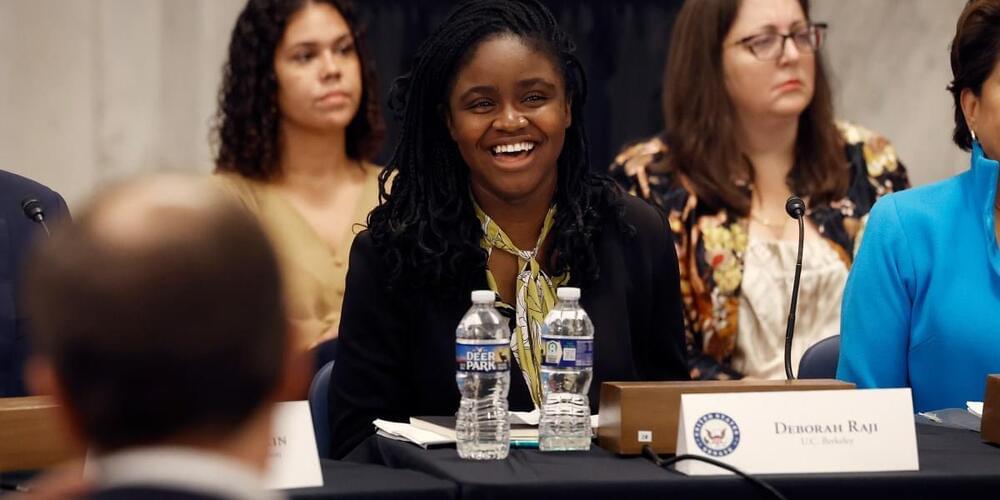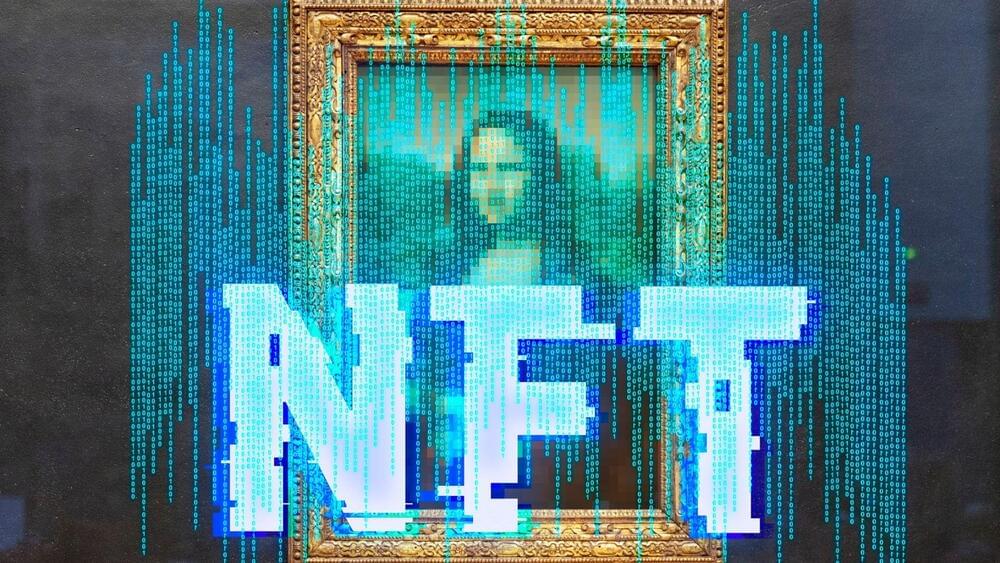And it will pay legal fees if its customers end up in any lawsuits about it.
Getty Images is so confident its new generative AI model is free of copyrighted content that it will cover any potential intellectual-property disputes for its customers.
The generative AI system, announced today, was built by Nvidia and is trained solely on images in Getty’s image library. It does not include logos or images that have been scraped off the internet without consent.






